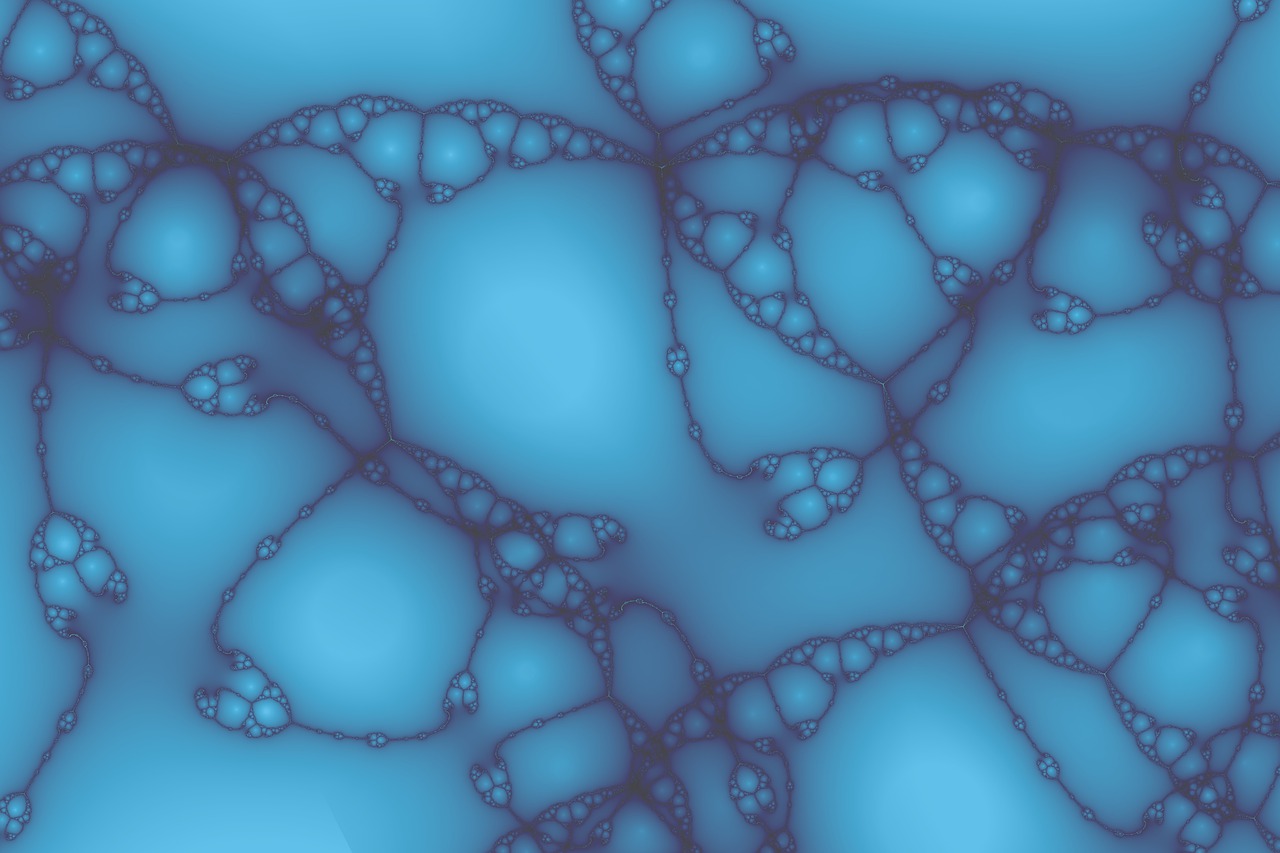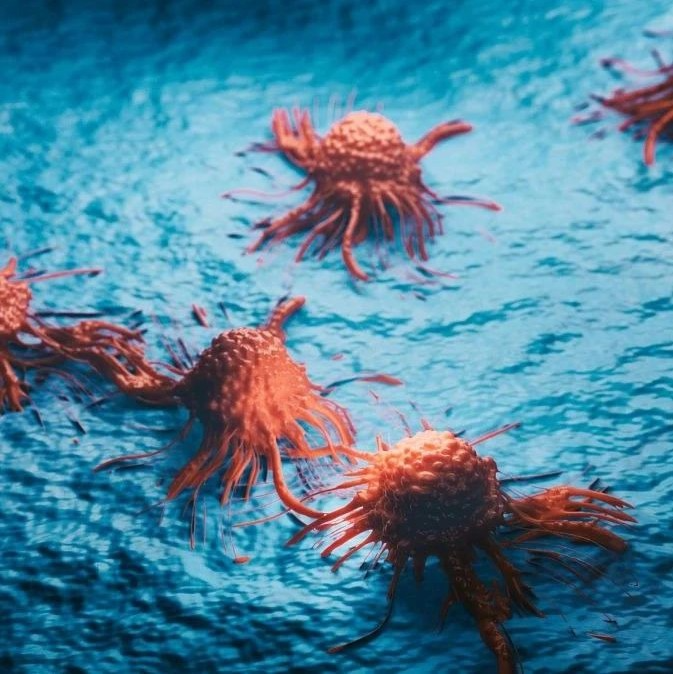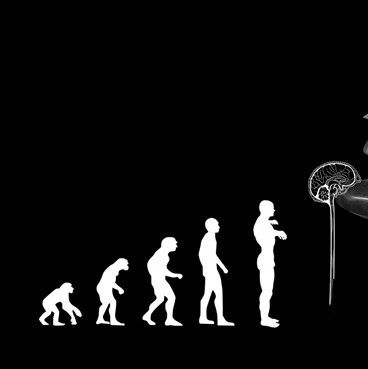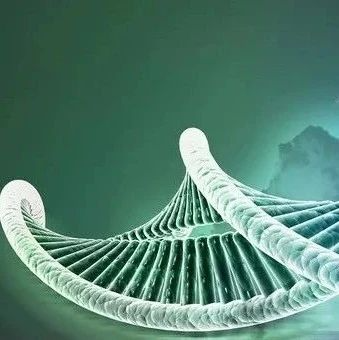专题:Nature报道
早期古细菌页岩和粉砂岩沉积物中较大的、细胞样结构的发现,为认为非常早的时候地球上就有多样化活生物体的观点增添了新证据。有关这样古老的化石的说法经常存在争议,因为非生物过程可产生生物类微结构和化学特征,与活生物体中的相似。
因此,为了排除这些微结构的非生物来源,研究人员进行了广泛努力。它们通过了这种排查,结果表明它们似乎是有有机壁的微化石,来自大型微生物,这些微生物与以前所报告的、生活在距今约32亿年前的地球早期海洋里阳光能够照射到的浅层海水中的微生物垫共生。
推荐原始出处:
Nature 463, 934-938 (18 February 2010) | doi:10.1038/nature08793
Organic-walled microfossils in 3.2-billion-year-old shallow-marine siliciclastic deposits
Emmanuelle J. Javaux1, Craig P. Marshall2 " Andrey Bekker3
1 Department of Geology, University of Liège, 17 allée du 6 Ao?t B18, Liège 4000, Belgium
2 Department of Geology, University of Kansas, 1475 Jayhawk Boulevard, Lawrence, Kansas 66044, USA
3 Department of Geological Sciences, University of Manitoba, 125 Dysart Road (Wallace Building), Winnipeg, Manitoba R3T 2N2, Canada
Correspondence to: Emmanuelle J. Javaux1 Correspondence and requests for materials should be addressed to E.J.
Although the notion of an early origin and diversification of life on Earth during the Archaean eon has received increasing support in geochemical, sedimentological and palaeontological evidence, ambiguities and controversies persist regarding the biogenicity and syngeneity of the record older than Late Archaean1, 2, 3. Non-biological processes are known to produce morphologies similar to some microfossils4, 5, and hydrothermal fluids have the potential to produce abiotic organic compounds with depleted carbon isotope values6, making it difficult to establish unambiguous traces of life. Here we report the discovery of a population of large (up to about 300?μm in diameter) carbonaceous spheroidal microstructures in Mesoarchaean shales and siltstones of the Moodies Group, South Africa, the Earth’s oldest siliciclastic alluvial to tidal-estuarine deposits7. These microstructures are interpreted as organic-walled microfossils on the basis of petrographic and geochemical evidence for their endogenicity and syngeneity, their carbonaceous composition, cellular morphology and ultrastructure, occurrence in populations, taphonomic features of soft wall deformation, and the geological context plausible for life, as well as a lack of abiotic explanation falsifying a biological origin. These are the oldest and largest Archaean organic-walled spheroidal microfossils reported so far. Our observations suggest that relatively large microorganisms cohabited with earlier reported benthic microbial mats8 in the photic zone of marginal marine siliciclastic environments 3.2 billion years ago.







